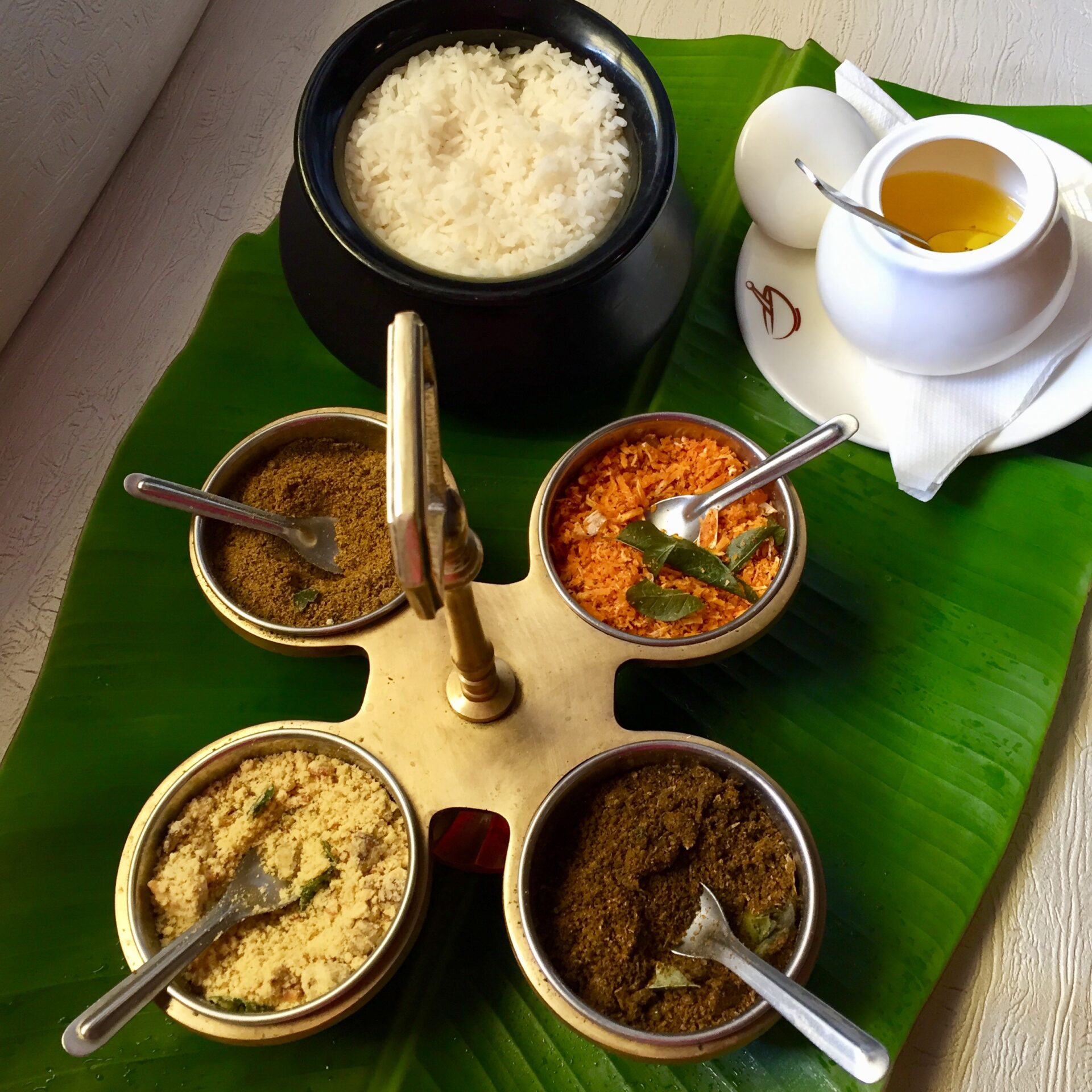Haleem is a popular Hyderabadi delicacy. It’s a dish of the royals with roots originating in Ancient Persia. Most of us think of Hyderabadi Dum Biryani when we think of Hyderabad’s culinary claim to fame. But, Haleem is another speciality locals crave.
We tried an authentic version at Karam Podi restaurant. But, sadly, that restaurant didn’t survive the pandemic. Thankfully, we still found a delicious Hyderabadi Haleem recipe to share with you. Ours comes from Hyderabadi chef Afsha Beg courtesy of our friends at The Culinary Lounge.


About Hyderabadi Haleem
Hyderabadi Haleem is especially enjoyed during Ramadan. It’s nutritious and delicious. So, after long days of Ramadan fasting it’s a popular Iftaar* meal. Some even say the Iftaar feast is incomplete without it.
While known as street food in other parts of the world, in India, Hyderabadi Haleem is the first non-vegetarian dish to be listed as a Geographical Indication System (GIS) specialty. What makes it so special?
It’s the ultimate comfort food. Classified as a stew, it’s cooked to the consistency of porridge. Generous amounts of ghee give it a deeply satisfying flavour. And, to be authentic, mutton must be the meat component.
Haleem is traditionally cooked overnight on a slow fire. So, simmer it over several hours. And remember, you can make it ahead. It keeps well in the refrigerator for up to 5 days.
Enjoy it for family dinners. And use it as a new mainstay for buffets or potlucks.
*Iftaar is the evening meal with which Muslims end their daily Ramadan fast at sunset.

